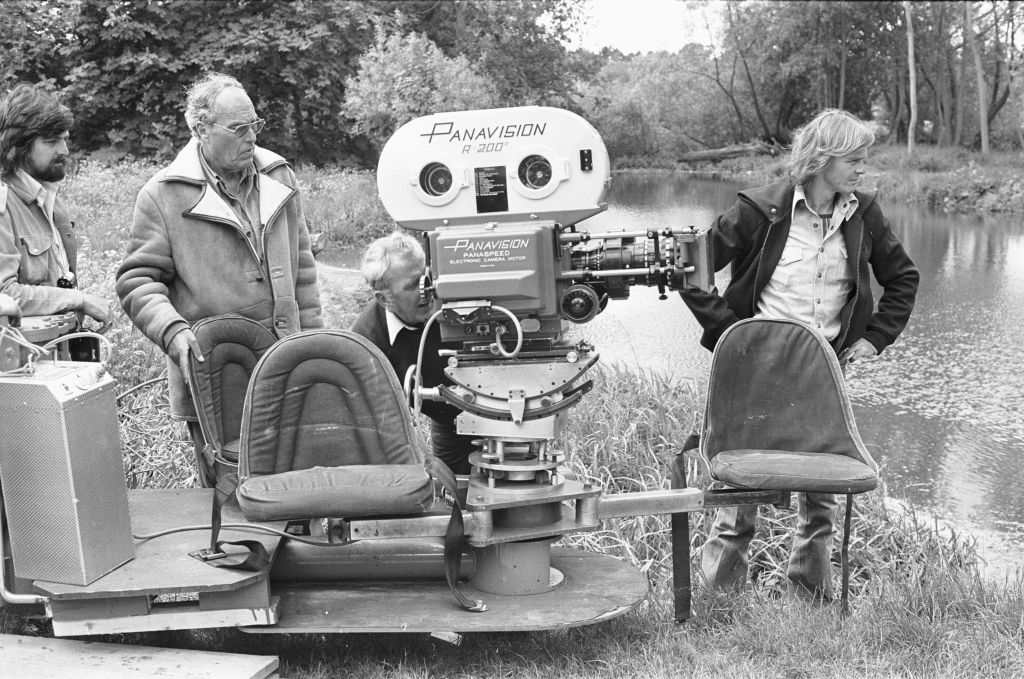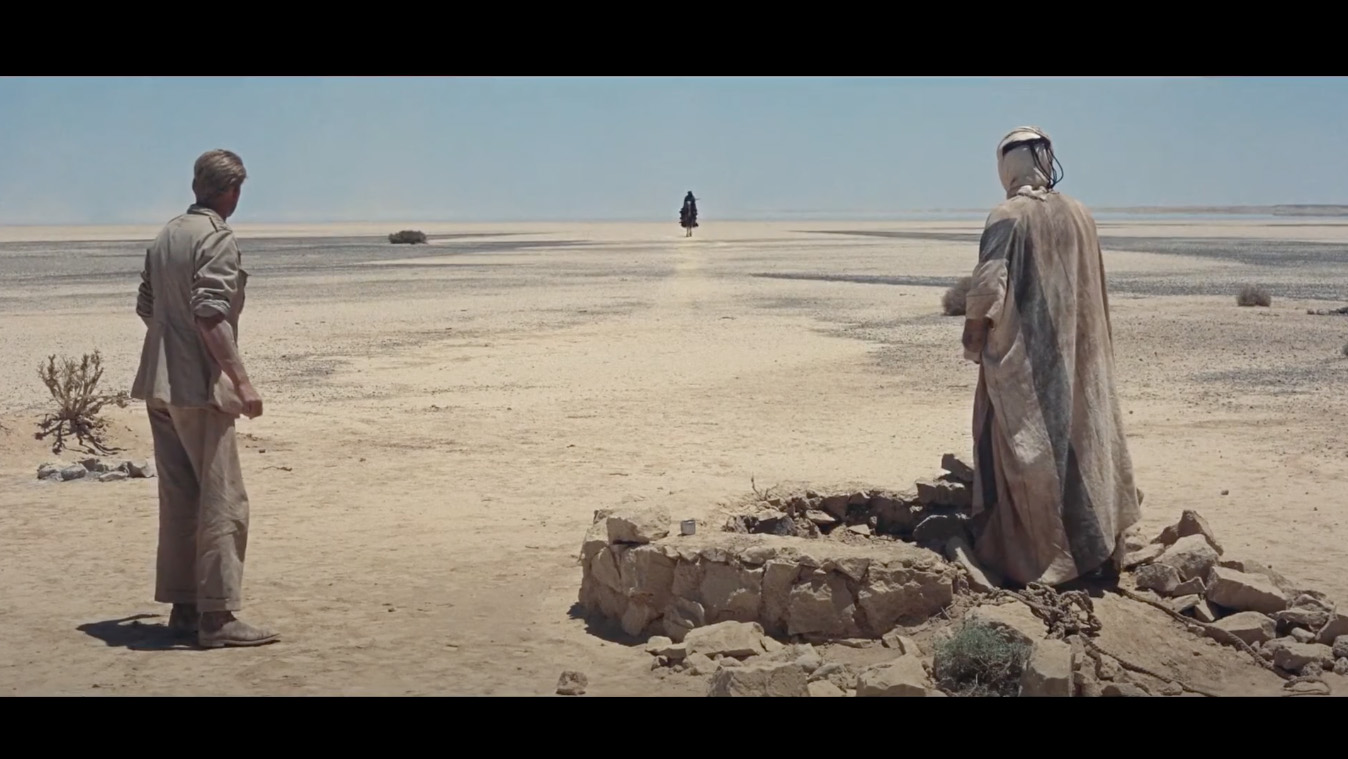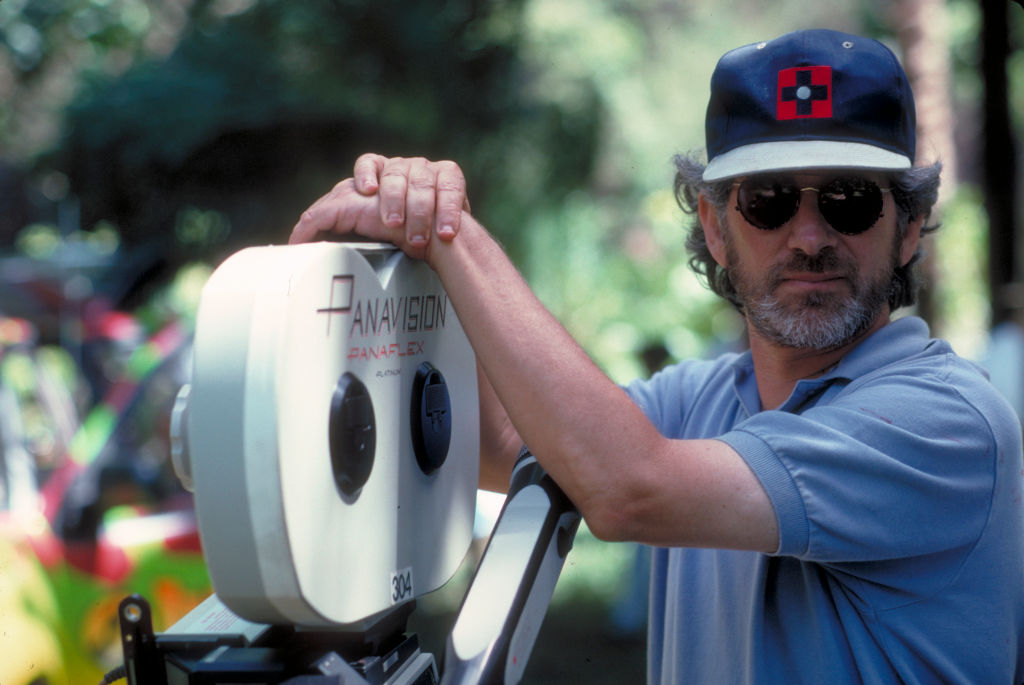
Panavision is a brand synonymous with the movie industry. Ever since the introduction of its Super Panatar projection lens in 1954, it’s spent decades at the forefront of motion picture productions, thanks to its legendary cinema cameras and, of course, lenses.
Panavision equipment has been used in many of the biggest blockbusters of all time, including Ben-Hur, Lawrence of Arabia, Jaws, Star Wars and, more recently, Avengers: Endgame, Oppenheimer, Gladiator II and Wicked.
Such was the dominance of Panavision’s anamorphic lenses that the credit ‘filmed in Panavision’ arguably became a genericized trademark. Decades on from the Super Panatar, 2024 marks the brand’s 70th anniversary.
Panavision itself has released a potted history of its lens-related achievements and, as a self-confessed movie fanatic, I thought I'd join in the birthday celebrations by selecting my five favorite Panavision innovations, too. Just make sure you check out the original article, because it’s impossible to whittle all of that movie goodness into just five mega moments.
Such was the dominance of Panavision’s anamorphic lenses that the credit ‘filmed in Panavision’ arguably became a genericized trademark.
While the photography industry largely shifts seamlessly toward the next new innovation, such as film to digital and DSLR to mirrorless, the filmmaking industry is much more reserved in its advancements. And indeed, many directors such as Christopher Nolan, Greta Gerwig and of course, Tarantino, are still shooting big, blockbuster productions on celluloid.
It’s a huge testament, then, to the quality of Panavision’s optics that many of the optics released over its 70-year history are still available for rental and are therefore used in movie productions today. So, thanks for making such a big contribution to the movie magic over the years Panavision, here's to 70 more years of blockbusters!

1. Apo Panatar prism lens and Apo Panatar cylindrical lens
These Walter Wallin-developed lenses were introduced in 1957 and 1958, respectively, for the MGM Camera 65 system (so-called due to the use of 65mm film). Although the system was designed by Panavision for MGM, the former would ultimately buy back the system in the early 1960s and rename it the more commonly known Ultra Panavision 70.
The naming convention is a little confusing, given that 65mm film is indeed used, but the release prints are 70mm. Hence, Camera 65 and Panavision 70, both relating to the size of the film.
Despite its use in famous productions including Ben-Hur, Mutiny on the Bounty and Battle of the Bulge, Ultra Panavision 70 wasn’t particularly popular. This didn’t stop Robert Richardson and Quentin Tarantino from resurrecting the forgotten system for Tarantino’s western thriller, The Hateful Eight (2016), some 50 years after its last use in the Charlton Heston-fronted war film, Khartoum (1966).

2. Super Panavision
The release of Super Panavision in 1959 was a big milestone in Panavision’s history because it was the company’s first spherical (conventional) lens system. These lenses were designed for use with 65mm film and featured in some legendary productions including Lawrence of Arabia and 2001: A Space Odyssey.
More recently, though, Super Panavision has served as an inspiration for a YouTube trend in which AI-generated videos seek to replicate well-known movies as if they were shot on Super Panavision in the 1950s.
The concept – although impressive – is a little muddled, given that Super Panavision was released right at the end of the 1950s and the aesthetic of these AI videos is more about the art style, as opposed to the optical quality. But it does say an awful lot about Panavision’s status within the movie zeitgeist considering the name alone conjures such powerful imagery of a specific time in movie history.
3. Sphero Panatar ‘mirage lens’
This is an interesting one. Around 1960, Panavision designers, Tak Miyagishima and George Kraemer, created a one-off 450mm T8 lens for a one-off scene in David Lean-directed Lawrence of Arabia, when Sherif Ali rides through the hazy desert towards Lawrence and Tafas, who have just drunk from his well.
It became known as the "mirage scene", hence the optic’s name, and is easily one of the most iconic moments in movie history.

4. The Primo series
In 1988, Panavision launched some of its most coveted spherical optics, the Primo series of primes and zooms. According to Panavision, these “were the first completely matched family of primes and zooms designed for the motion-picture industry.”
Used in both film and digital production, these lenses are so revered that they won an Academy Award. These optics have been used in countless productions, but it doesn’t get much bigger than Jurassic Park, Titanic and The Matrix.

5. Ultra Panatar II
In 2023, Panavision almost came full circle by releasing a successor to one of its first optics, 1955’s Ultra Panatar. The Ultra Panatar II is the very latest series of lenses in Panavision’s formidable line-up. Prototypes were used in Cynthia Erivo and Ariana Grande-led film Wicked, which is showing in theaters right now.
Panavision says that the Ultra Panatar II delivers “a vintage Panavision anamorphic feel,” and while its 1.3x squeeze provides more versatility by being ‘de-squeezed’ for various aspect ratios, it still provides a classic 2x anamorphic feel.
So, there you have it. Panavision’s illustrious seven-decade history condensed into its five coolest achievements, from the Ultra Panavision 70 to the Ultra Panatar II. And with plenty of films such as Jurassic World: Rebirth, Superman Legacy, Mission: Impossible – The Final Reckoning, and Wicked: Part Two, on the horizon, and much more beyond, Panavision is sure to play a huge part in the next 70 years of movie history.
Make sure to check out Panasonic's own rundown of its iconic history for even more movie milestones!
You might also like...
You may want to check out the best cameras for filmmaking, along with the best cine lenses and the best anamorphic lenses for filmmakers.







